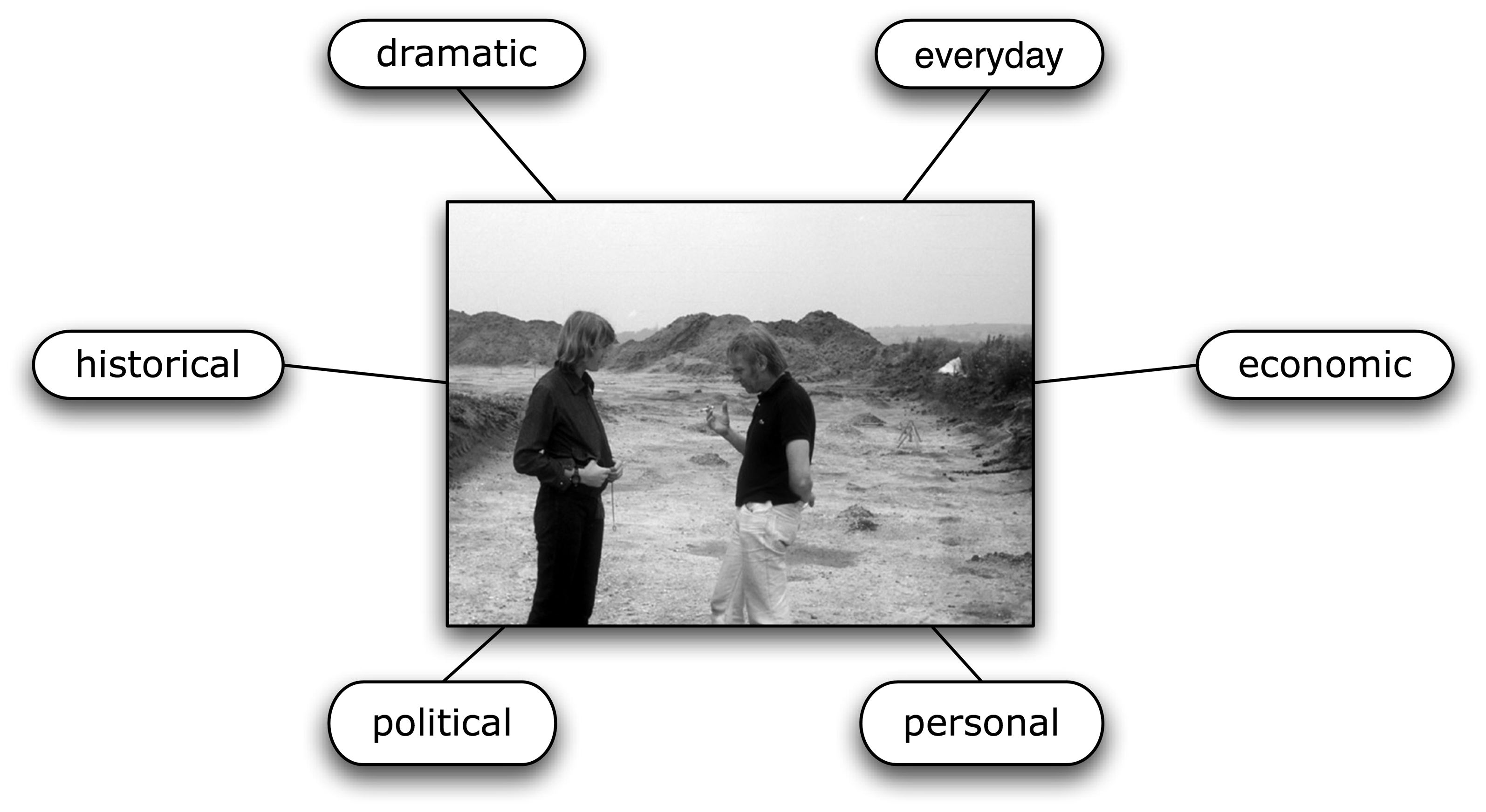Forgetting and Remembering the Digital Experience and Digital Data (2010)
This article is the published version of a presentation that I made at a small invited conference on “Excavating Memories: The Archaeology of Remembering and Forgetting” at Columbia University Center for Archaeology in New York in April 2003. The final draft was submitted for publication in May 2006. It has a heavy and -in many ways – innovative visual content to express how we remember. I put it online on the Stanford University Metamedia wiki (now defunct), where it was used by Michael Shanks as a point of discussion for his class on Photography. I am now in the process of putting an online version on my own website. Revisits of this chapter were presented at World Archaeological Congress 5, held in June 2003 in Washington DC, in Chapter 3 of Last House on the Hill (2012), and the chapter “Households through a Digital Lens” (2012)

Abstract
The paper grew out of a conversation about memories; about remembering my first Mac; what a sharp memory and a powerful event it was; and how all the memories of using computers and their peripherals in the field since then explode in its wake with ever increasing complexity and speed until the digital media engulf and revolutionize our field experience and we can hardly remember a time when experience in the field was entirely non-digital.
There are three threads of remembering and forgetting running in non-linear fashion through this paper. My starting point is from Susan Sontag’s and especially John Berger’s discussion of how memory is connected to the creation of a visual record. The idea expressed by both is that photographs that are remembered are those that jog intimate memories in the observer, and that such “intimate contexts of meaning” can be created even for apparently publicly published photographs. In my second point, I transfer some of these ideas from the analog technology of film photography to digital technologies of image-making. I am especially interested in exploring the use of hypermedia, the embedding of metadata, and other digital tricks in order to keep the digital record of archaeological fieldwork alive, re-usable, and remembered, rather than buried, lost and forgotten. Finally, through a series of collages and montages I attempt to share the rapid explosion of digitization of the archaeological record – how digital technology has helped us not only to record but also to remember what we did in the field – as seen through the window of my own memory of experiencing it during the last 30 years.
Citation
Tringham, Ruth (2010) Forgetting and Remembering the Digital Experience and Digital Data. In Archaeology and Memory, edited by D. Boric, pp. 68-104. Oxbow Books, Oxford, UK.
Reviews
Reviewed by Craig N. Cipolla (2011) in Cambridge Archaeological Journal, 21, pp 138-139. download
